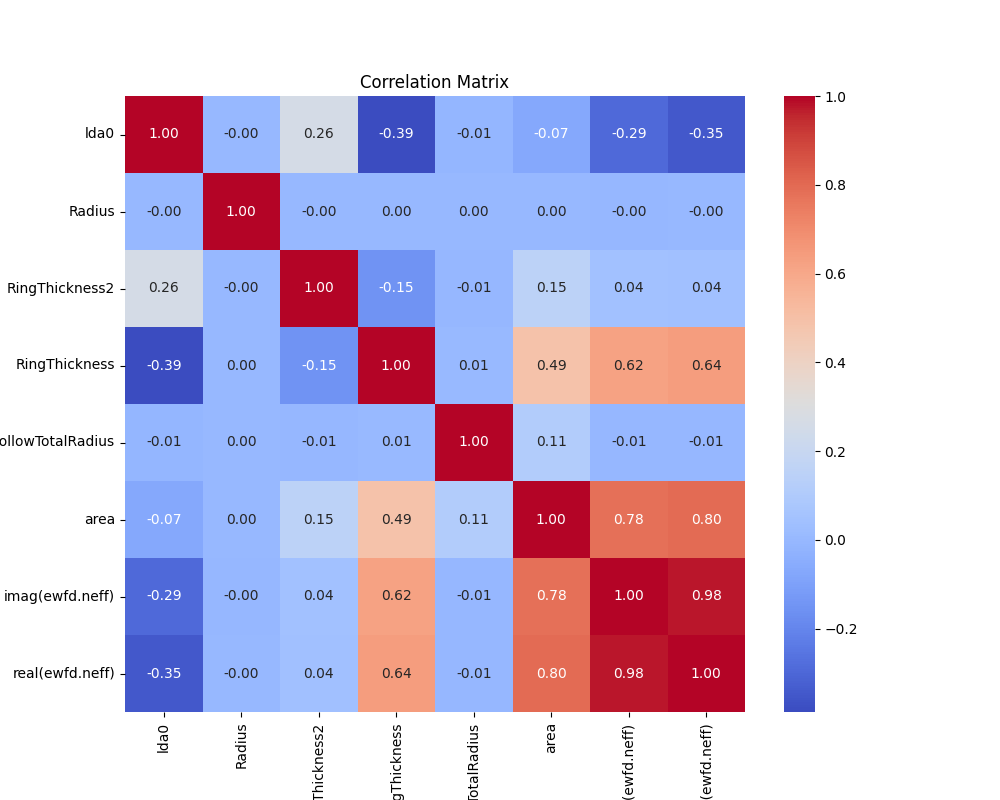Research with Python - Python, known for its striking simplicity and versatility, has become an indispensable tool in various scientific fields. Its growing popularity isn't just a trend; it's a testament to Python's capability to empower researchers and scientists to innovate and push beyond traditional boundaries. In this piece, we'll explore how Python is shaping scientific endeavors, illustrating its impact with real-world examples.
youtube video on complete introduction to python for science and engineering 👇
The Allure of Simplicity and Versatility
Python's design philosophy emphasizes readability and user-friendliness. The simplicity of Python's syntax is akin to reading a well-written book — it's easy to follow. This characteristic allows scientists to write logical and maintainable code, even for complex algorithms, enabling them to focus more on their research questions and less on the technical nuances of programming.
Furthermore, Python's versatility is like a multi-tool, providing a broad range of applications. This is particularly useful in interdisciplinary projects that require a holistic approach, combining insights from different scientific fields.
Python's Scientific Ecosystem
What truly stands out when discussing Python in a scientific context is its rich ecosystem of libraries and frameworks. Libraries such as NumPy, SciPy, and Pandas have become staples in data analysis and scientific computing. They offer efficient routines for operations on large datasets, something our modern scientists, dealing with an ever-growing amount of data, greatly appreciate.

For instance, consider a climate scientist analyzing vast datasets of temperature and weather patterns. Using Python, they can easily handle this data, perform complex calculations, generate predictions, and even visualize the results, all while writing relatively simple code thanks to these libraries.
Follow us at our FREE youtube channel 👇
Accelerating Scientific Discoveries
Python is playing a crucial role in groundbreaking research across various fields. In bioinformatics and computational biology, for example, Python is used for genome analysis, drug discovery, and much more. The language's ability to handle large datasets, coupled with its simplicity, allows researchers to process genetic information and conduct simulations at a scale and speed that was unimaginable just a decade ago.
Community and Collaboration
Beyond the language itself, the Python community is a collaborative force. The culture within the Python world revolves around knowledge sharing, making it an ideal environment for scientists. New libraries, tools, and best practices are continually shared, discussed, and improved upon, fostering an environment of continuous learning and collaboration.
Conclusion: The Future is Python
In science, pushing boundaries often requires tools that can keep up with the rapid pace of innovation. Python, with its simplicity, versatility, and powerful capabilities, has proven to be an invaluable asset in this regard. As the scientific world continues to expand and evolve, one thing seems clear: Python will be at the heart of many more discoveries to come, propelling science into new, uncharted territories. Whether you're a seasoned researcher or a curious student, Python holds the promise of endless possibilities. So, why not start exploring them today?
For help in modelling in any FEA, FDTD, DFT Simulation / Modelling work, you can contact us (bkcademy.in@gmail.com) or in any platform.
Interested to Learn Engineering modelling? Check our Courses?
check out our YouTube channel
u can follow us on social media
Share the resource
-.-.-.-.-.-.-.-.-.().-.-.-.-.-.-.-.-.-
© bkacademy
